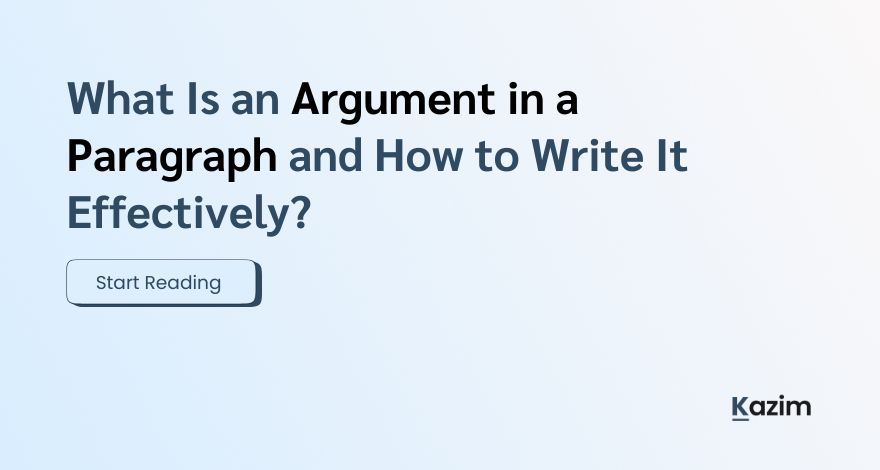Learn what an argument in a paragraph is and how to write it effectively. Understand structured, evidence-based writing for CSS, PMS, and academic excellence.
What Is an Argument in a Paragraph and How to Write It Effectively?
An argument in a paragraph is a logically developed point that supports the central idea expressed in the topic sentence. In structured writing, especially at the CSS and PMS level, arguments are not mere opinions or statements; they are reasoned claims backed by evidence, explanations, or examples. After the transitional line, each argument begins with its own mini-topic sentence that introduces the point clearly and directly. To construct a sound argument, one must first identify a specific idea related to the topic and then support it with factual evidence, logical reasoning, or illustrative examples. For instance, in a paragraph on “Why Bureaucratic Reforms Fail in Pakistan,” an argument might begin with, “One key reason for the failure of reforms is the lack of political will.” This is followed by support such as, “Successive governments initiate reforms for optics rather than implementation, often reversing policies when political interests shift.” Finally, a brief explanation or example solidifies the point. A well-written argument is focused, relevant, and contributes to the unity of the paragraph. If arguments are vague or unsubstantiated, the paragraph loses both clarity and persuasiveness. Therefore, learning to write structured arguments is essential for producing coherent, compelling, and exam-worthy paragraphs.

Paragraph Writing Aid
Interested in learning more about general paragraph writing? Click on any to start reading!


